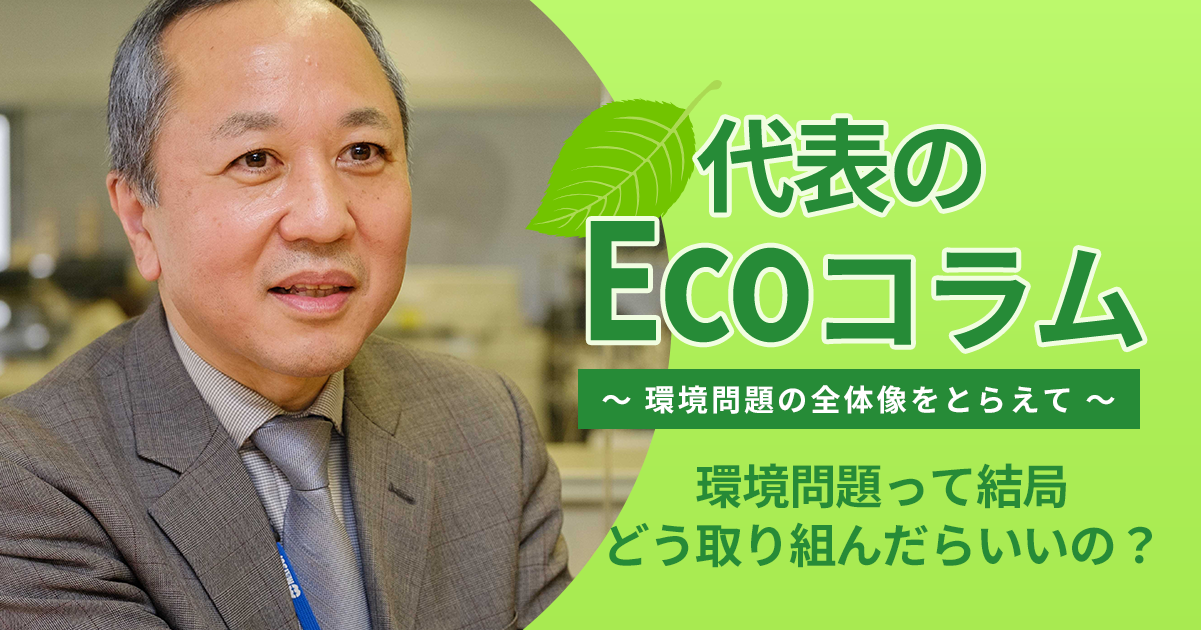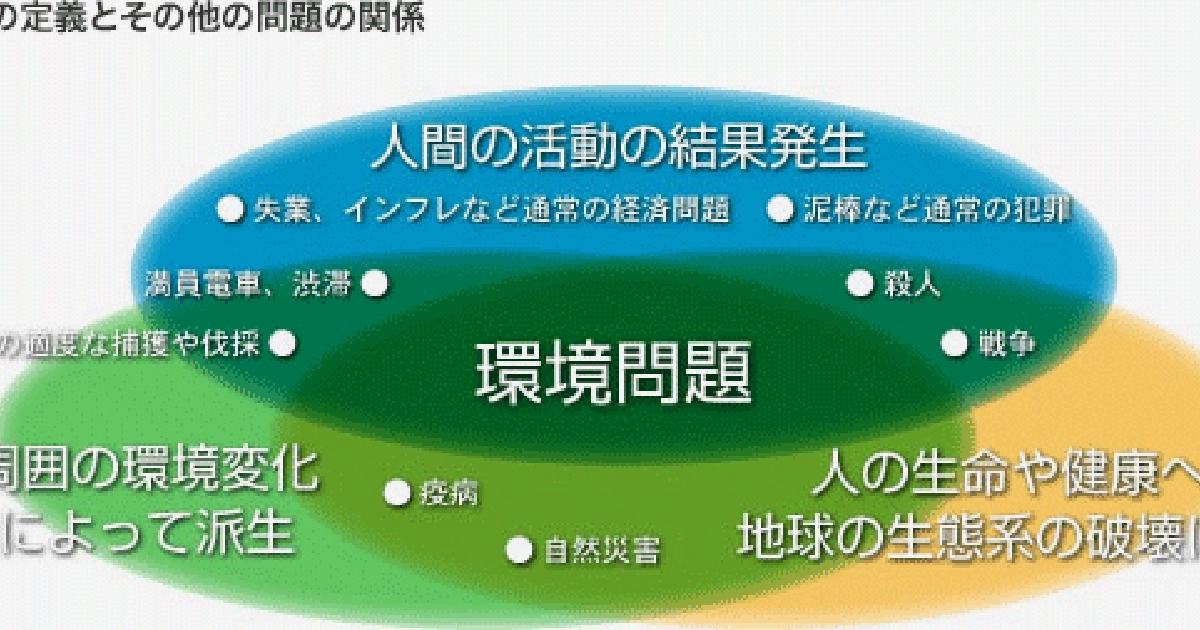Representative's Green Column
17. Proposal #1 for realizing factor4 in a molding factory
2009.10.08
In the previous column, "MATSUI and factor 4", I factor4 that MATSUI aims to achieve a factor 4 molding factory as part of its corporate mission, and the direction of activities to that end.
From this time onwards, I would like to take up some of the proposals in the proposal menu for realizing factor 4 molding factory that MATSUI is currently working on.
● Proposal menu for realizing factor 4 in molding factory
The proposal menus for realizing factor 4 in the molding factory are classified as follows.
- 1. 1. Eliminate waste of energy.
- 2. 2. Eliminate waste of resin.
- 3. 3. Eliminate waste of water.
- 4. Increase production per hour.
By implementing these proposals, we aim to "halve the energy, resin, and water consumption" in plastic molding, and "double the hourly production". In this column, I will focus on "eliminating waste of energy".
● Eliminate waste of energy
If you roughly look at the energy consumption in the molding process from the largest one,
- 1. 1. Energy for melting and injecting resin in a molding machine
- 2. 2. Energy to dry the resin before molding in a dryer
- 3. 3. Energy to properly cool the molten resin
- 4. Energy for automatic Conveying of resin raw materials
And so on.
There is still a lot of waste of energy in each process, but in this column, we will take up a proposal to eliminate the waste of energy for drying the resin before molding, especially in a dryer.
● How much energy is wasted by resin drying?
In many plastic moldings, it is necessary to remove the water contained in the resin raw material to a certain amount before melting the resin with a molding machine and injecting it. Therefore, a dryer will be installed separately from the molding machine. The selection of this equipment is, for example, as follows.
In one molding line, under optimal molding conditions, (eg) up to 9 kg of resin per hour is used.
↓
A dryer that can dry 10 kg / hr of resin is required with some margin.
↓
A dryer equipment supplier like us tries to select a model that can demonstrate a drying Capacity of 12 kg / hr by looking at the margin.
↓
If there is no model with a Capacity of exactly 12 kg / hr, for example, a model with a Capacity of 15 kg / hr will be selected by the customer.
As a result, the following happens:
- A dryer with a Capacity of 15 kg / hr will be installed on a line that uses a maximum of 9 kg / hr of resin.
- In addition, the number of 9kg / hr is a number under the optimum conditions, and in most cases, the Capacity is not so high.
- Moreover, the molding is not completely continuous, and may stop at the time of mold Replacement or maintenance.
- Under these conditions, the dryer will continue to operate at full Capacity of 15 kg / hr.
As a rough rule of thumb, in the normal case, about half of the energy consumed is wasted. Moreover, a large portion of this wasted energy is radiated into the atmosphere inside the factory, and in an air-conditioned factory, additional power is used to cool the radiated heat.
● How to prevent such waste?
The reason for this waste of energy is that most dryers to date are designed to run at full capacity under all conditions.
Therefore, in order to prevent waste, it is necessary to change the drying Capacity according to the actual amount of resin used, as long as there is no problem with drying.
So how can we change the drying Capacity according to the actual amount of resin used, as long as there is no problem with drying?
For example, the following can be considered.
- The moisture value of the resin in the dryer is measured, and the drying Capacity is changed so that it is just below a certain standard value.
- The mass of the resin consumed from the dryer is measured, and the drying Capacity is changed according to the amount consumed per time average.
Both methods are not practical due to the problems that the measurement takes too long and the cost is considerably high.
● "Drying air flow rate optimization system" to prevent wasteful drying of resin
Matsui has decided to take the following measures. The Drying air flow rate is controlled so that the temperature of the return air from the dry hopper becomes a certain constant temperature.
In a dryer, when the material is consumed from the dryer, the supplementary material is newly replenished from the top. The material is usually at a low temperature close to the temperature of the ambient atmosphere. Therefore, the higher the material consumption, the more often the cold material is replenished at the top, so the temperature of the return air from the dry hopper will be lower on average. On the other hand, when the material consumption is low, new cold material is not supplied from the top, so the temperature of the return air from the dry hopper becomes higher and higher.
In this way, the temperature of the return air from the drying hopper correlates with the material consumption from the dryer.
Utilizing this feature, the temperature of the return air from the drying hopper can be measured easily and at low cost, and the Drying air flow rate is controlled in Interlock with this value to prevent wasteful drying energy. You can do it.
Furthermore, in the Dehumidifying Dryer, in addition to the above measures, we are proposing a method to realize energy saving in the process of regenerating the moisture adsorbent in the same way as above.
In addition, these energy-saving functions are options that can be added by modification to existing equipment that is already in use.

With these modifications, in most actual cases, an energy saving effect of about 30-40% or more can be seen. Moreover, the cost of remodeling is relatively low because the method of realizing energy saving is a simple mechanism that controls the Air flow rate by controlling the motor Rotation speed and valve open / close degree by the output of the thermocouple for temperature measurement. It can be kept to a low cost.
As a result, it is often possible to recover the cost of remodeling within about three years by saving only the electricity bill of the dryer. Taking into consideration the reduction of air-conditioning-related load, the investment can be recovered in a shorter period of time.
● Other proposals to eliminate energy waste
Other proposals to eliminate energy waste include insulating the cylinders of the molding machine, the drying hopper, the mold, the hose that connects Mold Temperature Controller and the mold, and the cooling of the mold. We are proposing free cooling to Eliminate wasted energy.
Next time, I will take up an example of a proposal to "eliminate waste of water."
October 08, 2009 Hironobu Matsui


